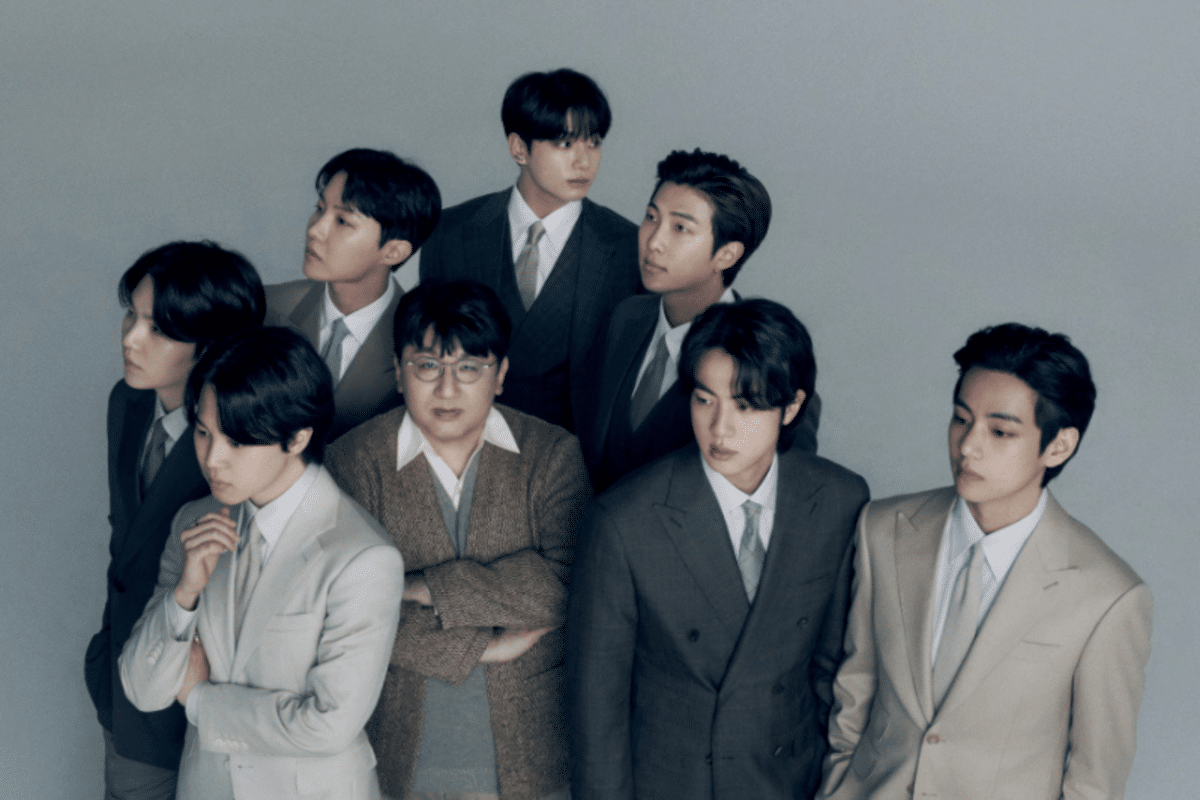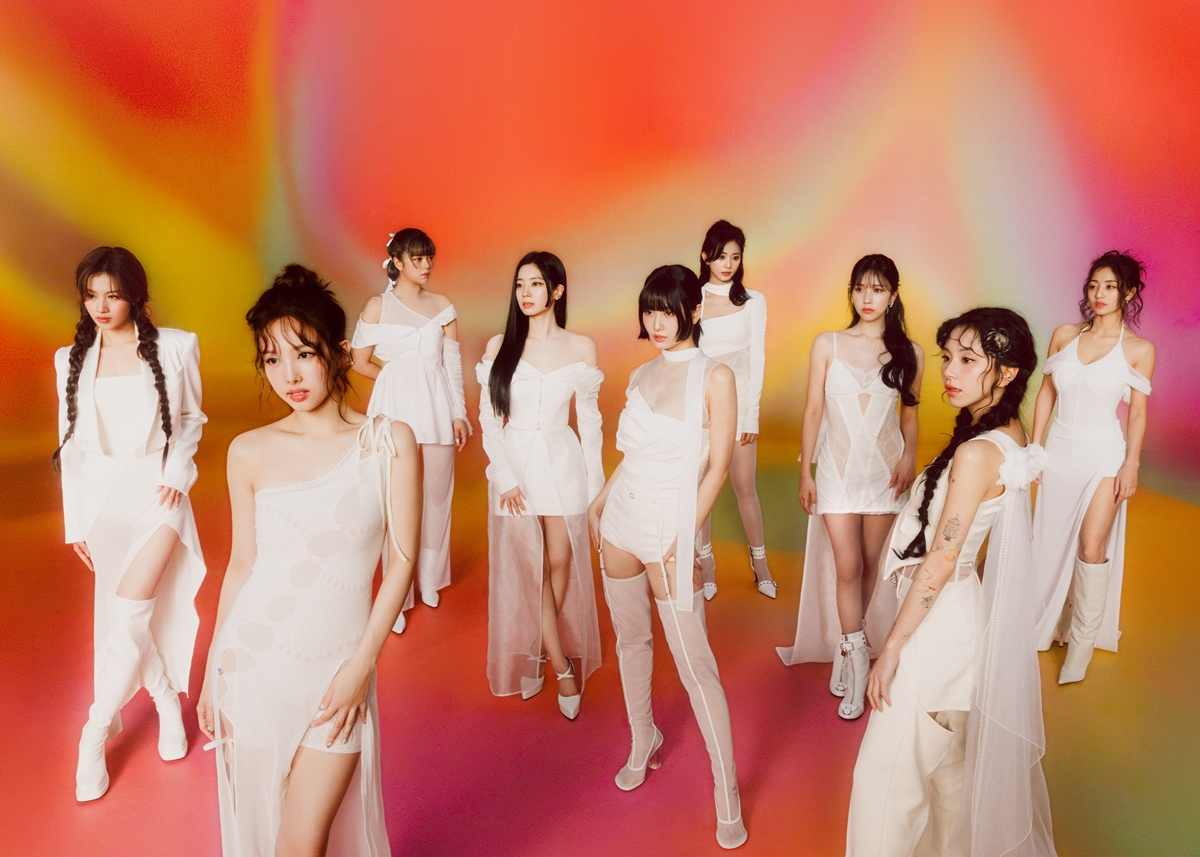K-pop’s dilemma: ‘Super fans’ vs. ‘casual fans’

HYBE Chairman Bang Si-hyuk (second from left in the front row) poses with K-pop phenomenon BTS on the cover of TIME magazine after being selected for “TIME100 Most Influential Companies” in its April 2022 issue. Image: TIME
A significant dilemma has surfaced in the ever-evolving world of K-pop: Should the industry focus on nurturing casual fans or continue to cater to its dedicated superfans?
This debate came to the forefront when Bang Si-hyuk, chairman of K-pop powerhouse HYBE, addressed the issue on a local TV show last November.
Bang expressed concerns about K-pop being in crisis, partly due to the intense consumption patterns of its superfans.

HYBE chairman Bang Si-hyuk. Image: Courtesy of HYBE
“The basis of my crisis theory lies in the intense consumption by dedicated fandoms. K-pop fans demonstrate intense engagement and massive, concentrated consumption,” Bang said. “However, this highlights K-pop’s limitation in scalability. Most artists have a mix of super fans and casual fans, but K-pop tends to lack the latter. It’s a very concentrated structure. The industry needs to evolve to attract more casual fans who can support the super fan base.”
The push to attract casual fans and the general public stems from the K-pop agencies’ strategic need to expand into larger markets more rapidly.

Seventeen members (from left) Image: Courtesy of Pledis Entertainment
K-pop’s superfan structure was a strategic response to the low profitability of digital music downloads in the early 2000s. K-pop agencies motivated core fans to purchase physical albums through exclusive content. SM Entertainment pioneered strategies still used in K-pop with legendary boy band TVXQ’s multi-version album in 2004 and the inclusion of random member photocards in Girls’ Generation’s “Oh!” album in 2010.
This approach evolved in the streaming era, transforming K-pop albums into photobooks with more collectible inclusions and opportunities to enter fan signing events or showcases with each album purchase. While this increased per-fan sales and revenue, it did not expand the overall market.
Superfans have driven K-pop’s explosive growth, boosting album sales, streaming numbers, and concert revenues. However, this focus has created challenges such as high concert ticket prices and scalping controversies that often lead to the exclusion of casual fans.
“I agree with the need to broaden the casual fandom base, but I disagree with pitting superfans against casual fans. Superfans are incredibly important to K-pop and have elevated the genre globally. The problem lies with the marketing strategies of agencies, not the super fans themselves,” pop critic Kim Yoon-ha said Tuesday.

TWICE’s Sana, Nayeon, Jeongyeon, Dahyun, Momo, Tzuyu, Mina, Chaeyoung, and Jihyo | Image: JYP Entertainment
Kim argues that balancing the interests of dedicated and casual fans is crucial for K-pop’s future, requiring a reevaluation of the industry structure and fan engagement strategies.
A potential solution the music critic suggests involves redefining what it means to be a casual fan and restructuring the industry accordingly. Engaging casual fans more meaningfully without overburdening super fans could involve creating more inclusive fan events, reducing ticket prices, and addressing third-party ticketing issues.
Reducing the stress and demands placed on superfans is also essential.
Kim further pointed out that the K-pop industry’s reliance on superfans’ unwavering support has led to unsustainable practices. By fostering a balanced approach to fan engagement, K-pop can sustain its growth while maintaining the support of both casual and superfans.
“Super fans have been squeezing every bit of their support to sustain K-pop, but agencies show them no respect. They shift all the responsibility onto superfans without providing any ‘after-service’ for them. Superfans are vital for any industry, not just K-pop. The success of K-pop is built on their shoulders,” music critic Kim said.